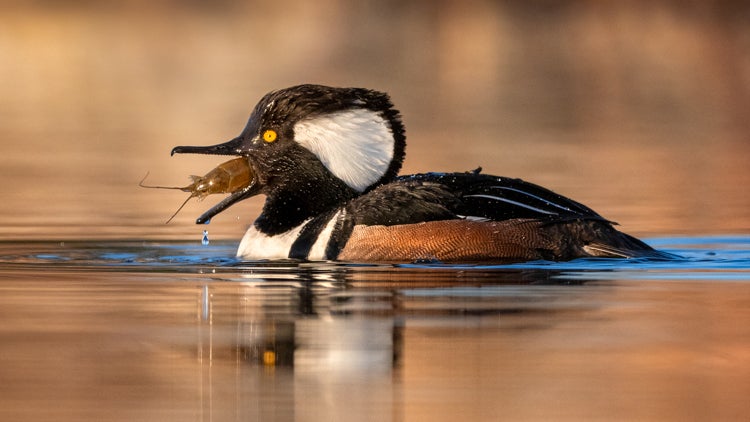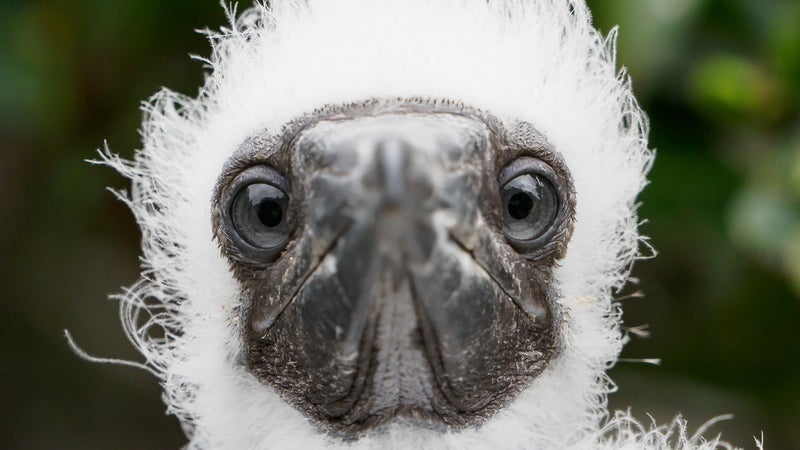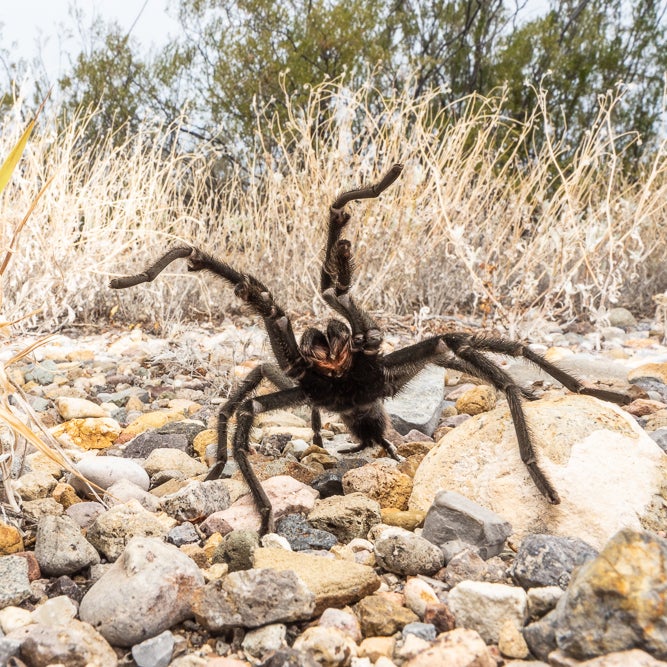If you've ever endeavored to photograph wild animals, you know how tough it can be. That's because, in addition to variables like shifting weather and light, wildlife photographers face a unique challenge: their subjects are often elusive, easily spooked, and utterly uncoachable. Olympus photographers Brooke Bartleson and Lee Hoy, both wildlife specialists with decades of experience between them, are here to help. Read on for their hard-earned wildlife photography advice. Then, head over to the Modern �����ԹϺ��� Photography Handbook for even more expert insight and gear recommendations.
Forget About Golden Hour
The moments surrounding sunrise and sunset offer ideal light for photography, but wild animals show different behaviors that are worth capturing throughout the day. “There is no golden hour for wildlife photography,” says Brooke Bartleson, pointing to baby foxes, who are left to their own devices in the middle of the day as their parents hunt. “Kit foxes are so curious when they’re unsupervised. They wander, claw at trees, splash in puddles…There are cool behaviors that happen in the middle of the day that you don’t want to miss.”
Get on the Animal's Level
Getting close to wildlife with a proper telephoto lens is just the beginning. The next step is lowering your angle so you’re eye-to-eye with the subject. “Even if you have to lie flat on your belly, or climb on the hood of your car, your shots will feel so much more intimate if you are level with the animal’s eyes,” Brooke Bartleson says. “It makes the shot so much more intimate, giving your viewers a moment they’d never experience with the naked eye.”

Visualize Success
Picture the shots you want to take before you set foot on the location. Mentally catalog all the stages of bagging a great one. Where do you need to be standing to get the shot you want of the buffalo or heron? Do you need to be kneeling or lying down? What settings do you plan to use? “I have a game plan before I get into the field,” says Lee Hoy. “Things can happen in the field to change my approach, but envisioning how I’m going to capture an image is a key part of the planning process.”
Focus on what You Can Control
Wildlife can behave erratically and there’s nothing you can do about that. “You can’t tell a fox to walk into a certain spot or look your way,” Brooke Bartleson says. “You have to control what you can and think creatively about your background and foreground to help frame the subject.” Bartleson even goes so far as to pack in some foliage, like a sprig of evergreen, that she’ll place in the corner of the shot to help frame the subject.

And Always Remember, Patience Is Everything
You woke up before dawn, hiked seven miles to a backcountry pond that attracts big game, and all that work has paid off; elk are on the edge of the water. But don’t start snapping photos right away. “Once you come onto a scene, it pays to wait a few minutes, get really still, and allow the wildlife to return to its regular routine,” Lee Hoy says. “You can’t push with wildlife. You have to be patient. Settle in and allow the animal to return to normal behavior and you’ll get more natural images.”

